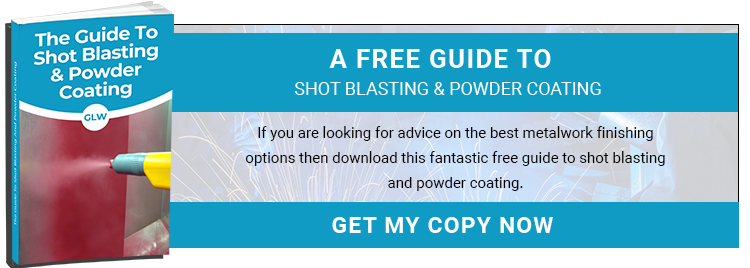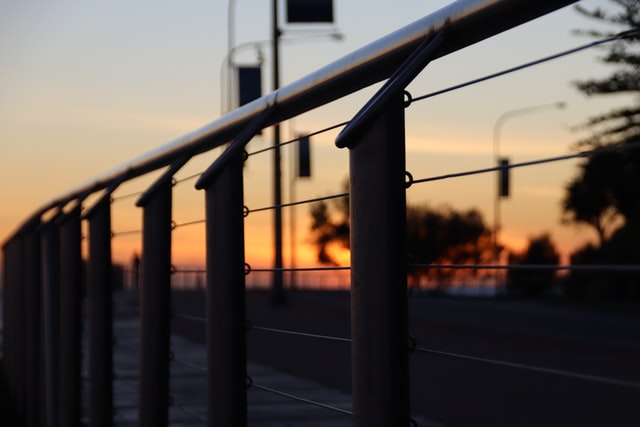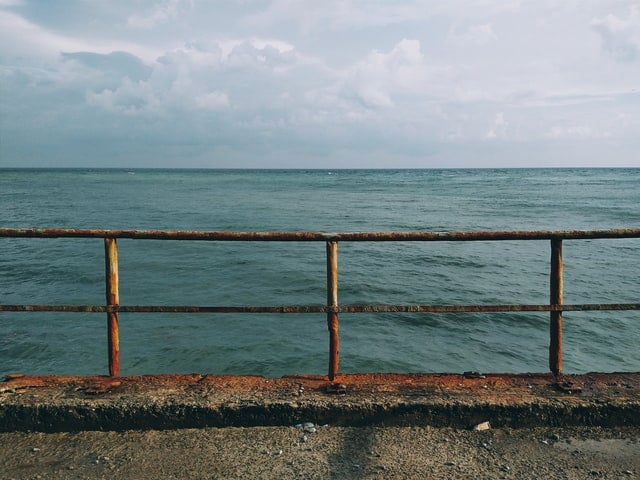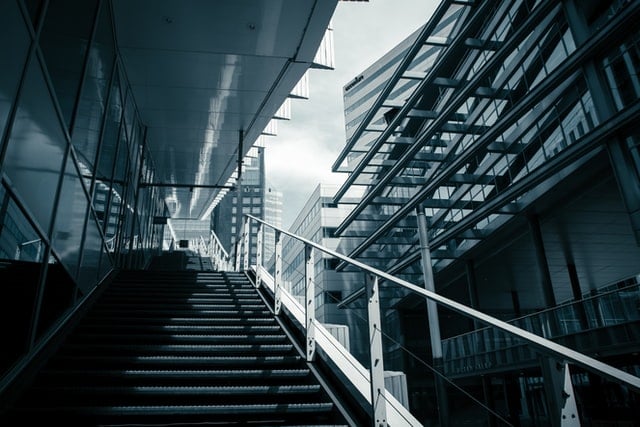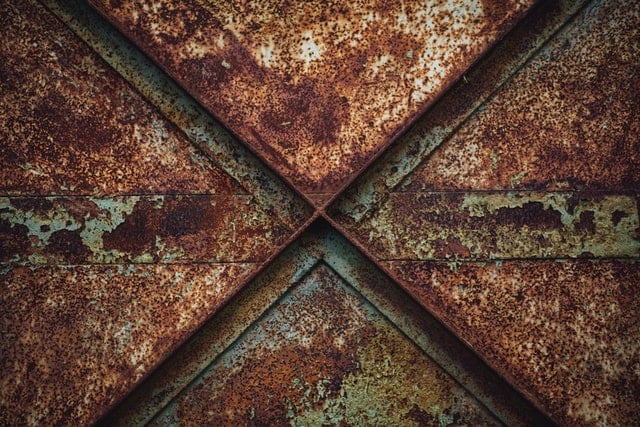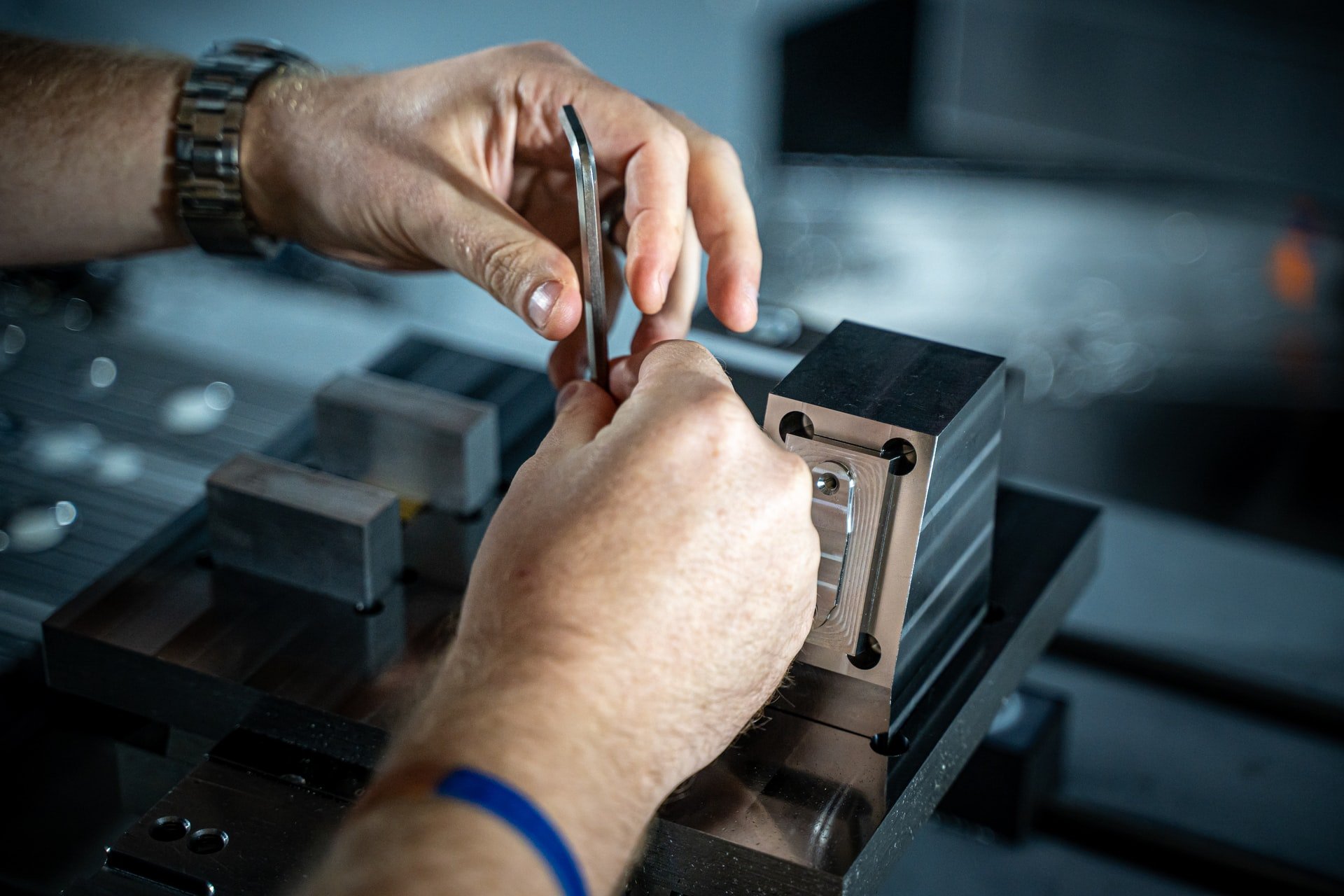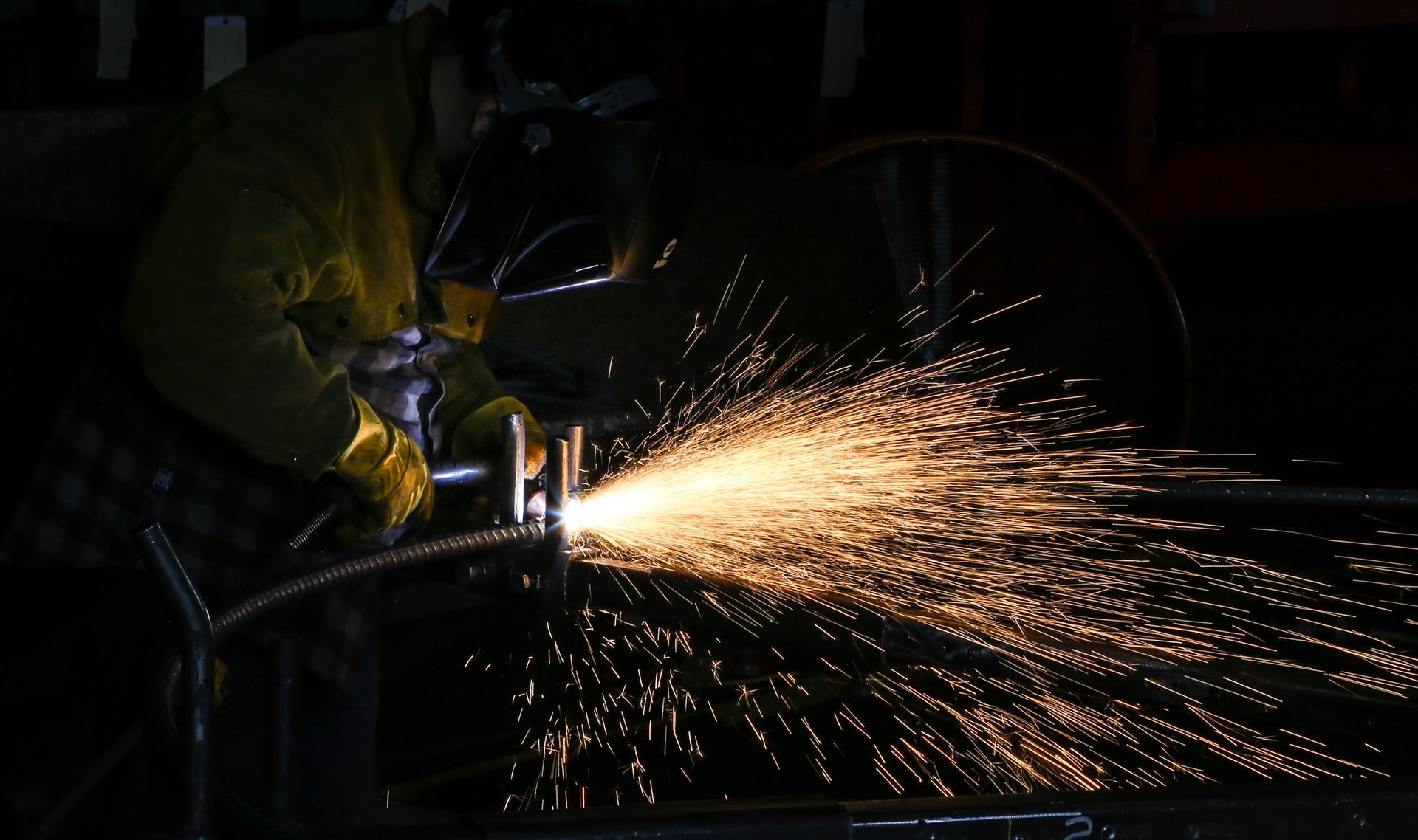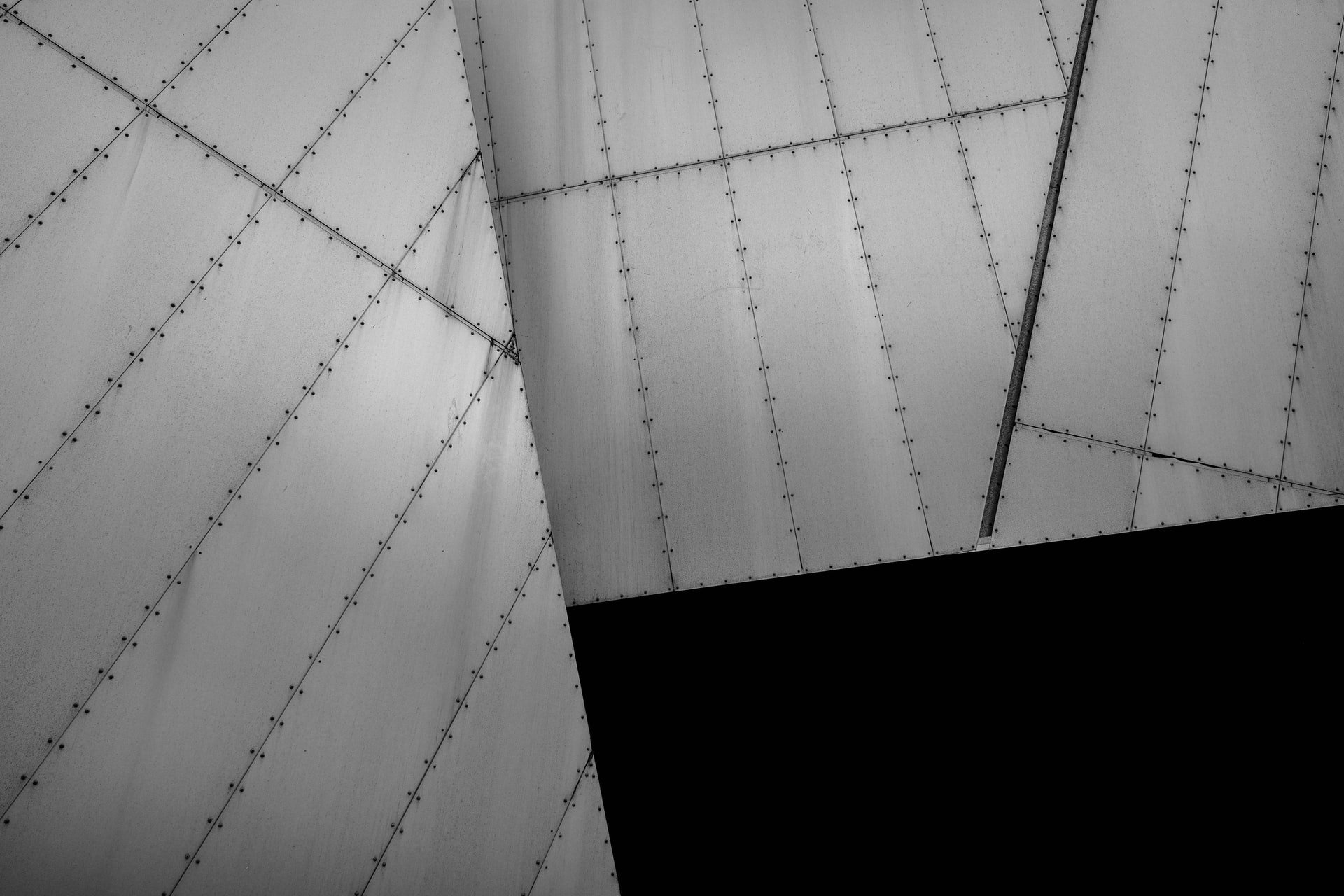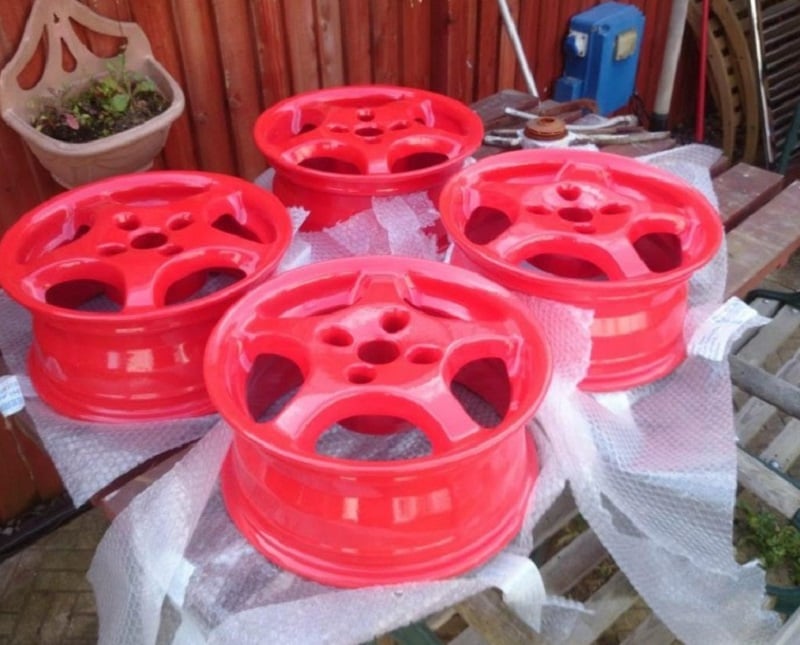
There are 5 problems you should be aware of that may affect the quality of your wheel powder coating:
1) Contaminated Surface
Most metallic objects just need to be cleaned before being powder coated. Like all surface treatments, powder coating works best on surfaces with zero traces of oil, grease or dirt. Any contaminant is likely to result in a bad coating job. Wheels in particular need to be properly prepped because of the amount of dirt and dust they are subject to just from normal use.
2) Wheel Balancing Weights
Before wheel powder coating, wheels need to be stripped of all additions that are not part of the original wheel structure. That includes valves, centre decals and badges and balancing weights. It is not always possible to put balancing weights back on the finished wheel in exactly the same place. There is also no guarantee that the balancing will be identical to the way it was before treatment. Therefore it’s best to take your car to a tyre shop or garage afterwards to have the balancing checked.
3) Brake Dust On The Wheel
Brake drums constantly emit a stream of dust as the pads wear down. Brake dust burns small holes and marks into your alloys in the early stages of corrosion. Then the combination of that with road grime and water causes significant alloy wheel pitting. The best solution is to clean off brake dust frequently. Some enthusiasts make it part of their weekly washing routine.
Powder coating workshops are well aware of this and ensure that the wheel is thoroughly cleaned. Individuals with little experience need to be aware of the potential risk when doing DIY powder coating. The remedy is simply to wash the wheel thoroughly after sanding it down and allow it to dry completely.
4) Wheel Oxidisation
Pitting is the symptom of this problem on alloys. Severe cases need specialist attention to refurb the rims before any powder coating can be attempted. The damage starts when the clear lacquer coat applied in the factory is damaged. That can be from wheels colliding with pavements or when wheel balancing adds weights to your rims. Air and water react with the metal and pitting starts. Powder coating can be applied over pitted surfaces once they are properly cleaned and sanded.
5) Excessive Damage
Wheels are sometimes sent for powder coating that are so damaged that they are not safe for road use. Often they have buckled rims due to collision with pavements. There is a real risk that the tyre may not bed into the beading after powder coating because of the extent of damage. Wheels in that kind of condition are rejected and will not be put through the coating process.
Next Steps
Powder coating alloy wheels gives your car a new lease of life. It also lasts for a lot longer than paint and provides great protection against chips and corrosion. Contact us today or call on 01945 464 637 for a quote and how to book in your wheels for powder coating.


